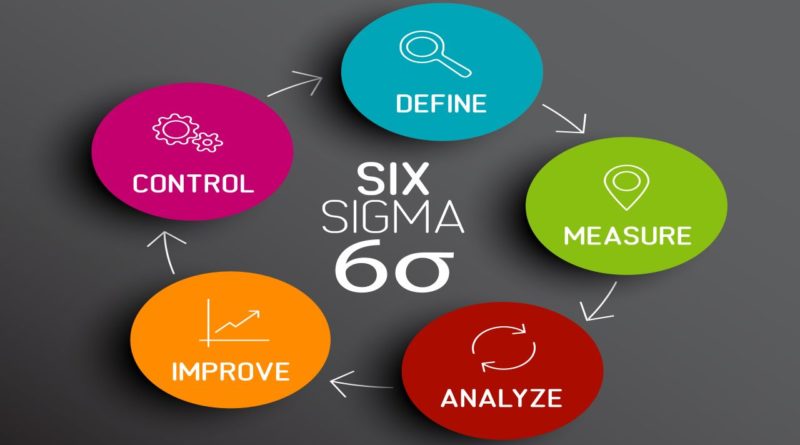Six Sigma Courses: Learn Six Sigma
Considering a Six Sigma Course?
If you are interested in learning more about six sigma, you should consider doing a six sigma course. Six sigma can be extremely helpful for businesses and is seen as a valuable skill to employers. The good news is there are lots of Six sigma courses currently available, both online and in-person. They offer good flexibility too, providing options to complete the course in both part-time classes and evening classes.
About Six Sigma
Six Sigma can be defined as a statistical-based, disciplined, data-driven approach and continuous improvement methodology for eliminating defeats in a process, product or service.
It was developed by Bill Smith and Motorola in the early 1980s based on quality management fundamentals and then became a popular management approach at General Electric with Jack Welch in the early in the 1990s.
The approach was based on the methods taught by W. Edwards Demine, Ronald Fisher and Walter Shewhart, among many others. Hundreds of companies across the globe have adopted Six Sigma as a way of doing business. Sigma represents the population standard deviation, which is a measure of the variation in a data set collected about the process.
If a defect is defined by specification limits separating good from bad outcomes of process, then a Six Sigma process has a process mean (average) that is six standard deviations from the nearest specification. This provides enough buffer between the process natural variation and the specification limits.
Six Sigma can be thought of as a measure of process performance, with Six Sigma being the goal, based on the defects per million. Once the current performance of the process is measured, the goal is to continue improving the stigma level striving towards 6 Sigma.
Even if the improvements do not reach 6 Sigma, the improvements made from 3 Sigma to 4 Sigma to 5 Sigma will still increase customer satisfaction and reduce costs.
Six Sigma Belt Structure
The martial arts belt structure is used to recognise proficiency in application and training in Six Sigma, using the following colours.
White belt which refers to overview and defining the phase then yellow belt which includes everything from white belt along with process mapping, data collection and charting, and assisting with a project.
Then comes green belt which includes everything from yellow belt along with project leader, core Six Sigma tools, change management, hypothesis tests and much more. Next up is black belt which includes everything from green belt along with advanced statistical analysis and experiments, change management and nonnormal distributions.
The final belt is the master black belt which includes everything from the black belt along with the design for Six Sigma, more advanced statistical analysis, unique tools for specific industries and processes, working with leadership and implementing successful improvement programs.
What Will I Learn?
Each Six Sigma course varies; however, you can expect to learn a number of topics in every Six Sigma course. Therefore, you can expect to explore how to find and eliminate waste, how to improve your processes and quality and how to improve management and leadership qualities. In addition, you will learn about handling resistance, how to initiate cultural change aimed at continuous improvement and the important tools of Six Sigma.
If you’re serious about doing a Six Stigma course, check out courses near you in the Nightcourses.co.uk national course finder.




